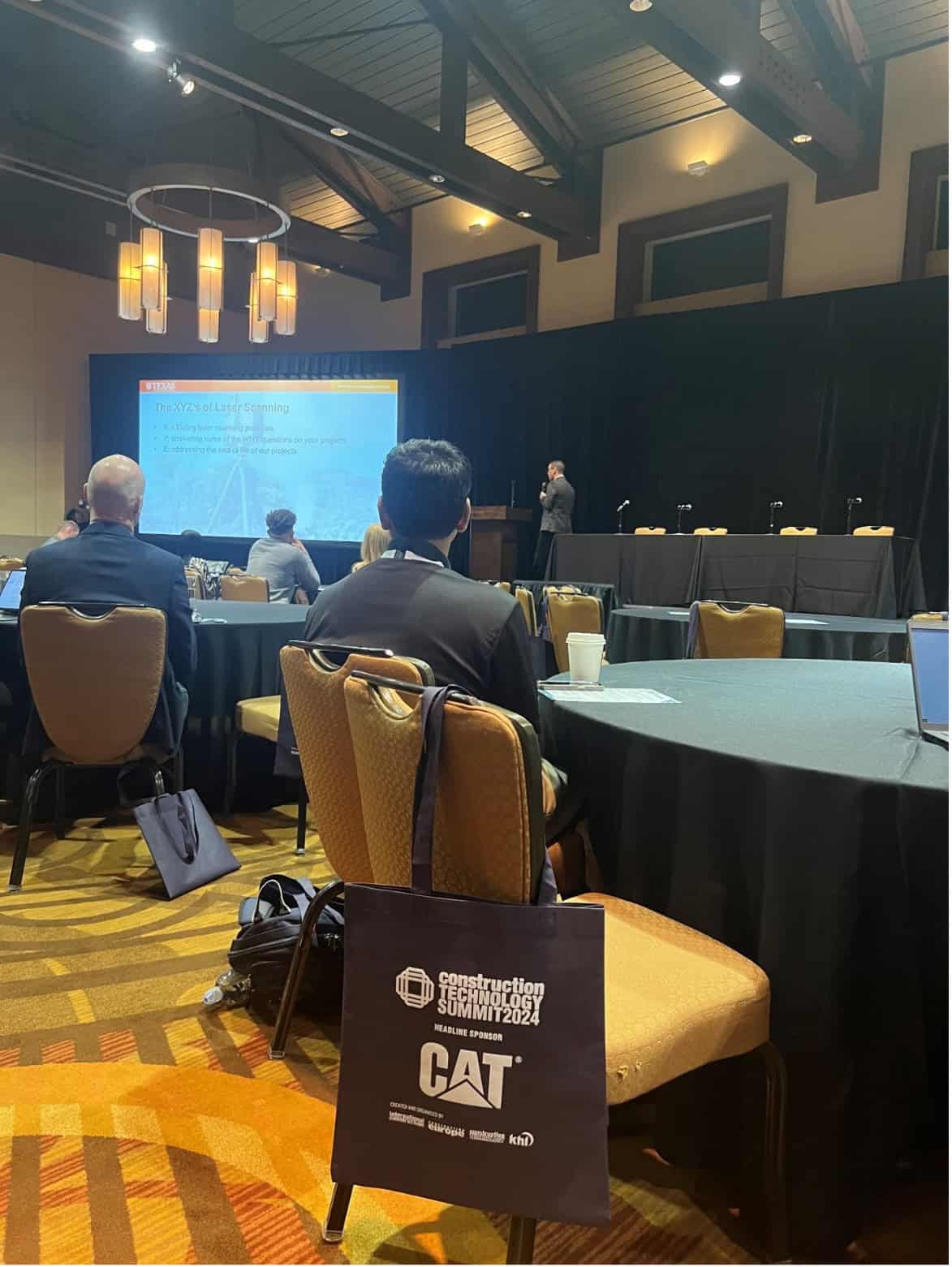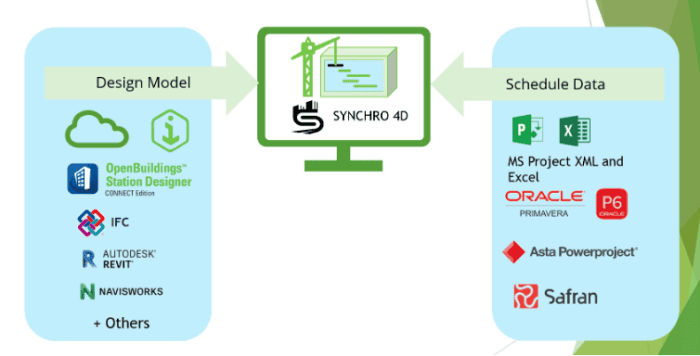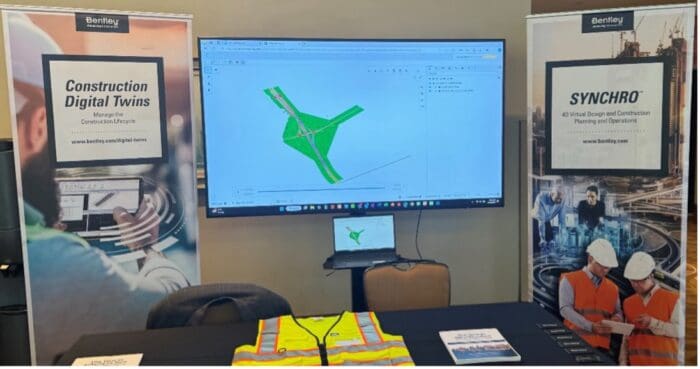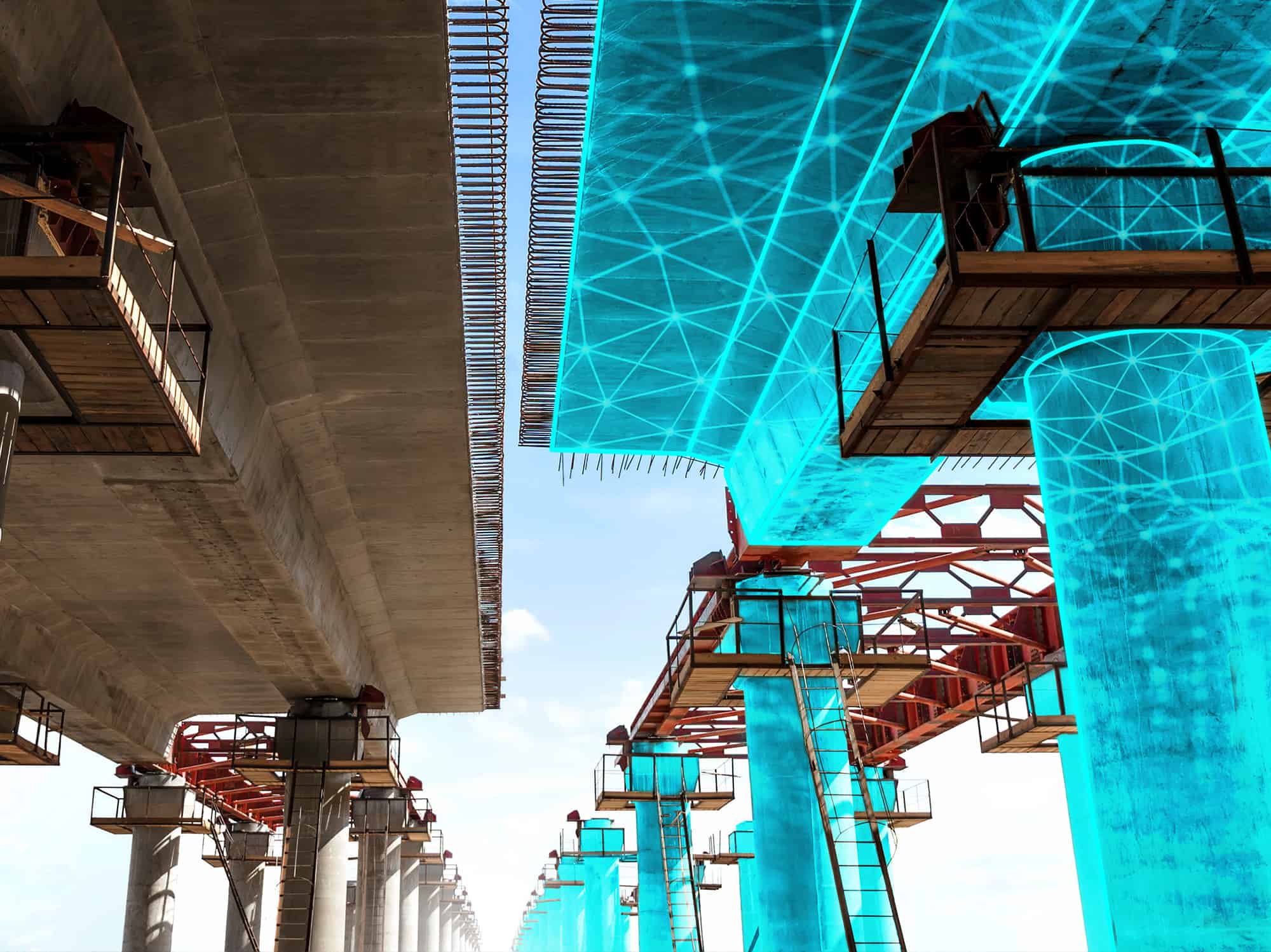A few weeks ago, I attended the annual Construction Technology Summit in Austin, Texas. The conference was a gathering of various companies, students, and colleagues that showcased the latest technology trends in the construction sector.
There were interesting discussions on a variety of topics.
- Peter Bleday, with Danfoss Power Solutions, defined the five levels of construction automation that can promote precision, productivity, and safety.
- Christopher Rauch, an assistant professor from the University of Texas at Austin, presented an overview of laser scanning and why it’s important for cultural heritage preservation, accurate geometric analysis, transferring to BIM, and dimensional quality assurance.
- Paul Surin, head of digital and IT at the Trojena project, gave a glimpse into the future with the technology being utilized for the tourism destination under construction at Neom, Saudi Arabia, with an estimated value of USD 100 billion.
- Caterpillar demonstrated a command station that allows operators to remotely control a cab thousands of miles away and switch between job sites.
Throughout the day, there were a variety of reoccurring themes.
Dr. Christopher Rauch presenting on laser scanning in construction.
AI is top of mind
Most technology companies have raced to understand and implement artificial intelligence (AI) into their workflows. The construction sector is no different. It was clear from the summit that construction companies want to leverage AI, but there are still questions about what workflows will look like. Could AI be used for all phases of construction? Will it save time in the bidding phase? Can AI help with operational procedures? Construction companies are ready to answer these questions and improve processes across their organizations. Looking ahead, we can start to imagine schedules being generated by AI, designs being produced with complete specifications or details, and built assets self-monitoring for faults that facility operators can act on. There is a long way to go, but there is excitement with AI that has the construction sector buzzing.
Companies need validation for new technology
During one of the roundtable sessions, there were discussions about how construction firms have a variety of digital capabilities to choose from. New solutions are popping up regularly to solve specific needs. However, firms emphasized that new digital capabilities need to have some kind of proof that they work before a company can fully adopt them. They also need to take the burden off the end user–often in the form of time or money saved. The discussions are not about adding new applications for the sake of keeping up with technology, but rather having a few staple solutions that are simplistic on the surface, but powerful in what they produce. New technology that pops up in the construction space needs to solve an actual problem and have real-world validation before it can be implemented.
One of the roundtable discussions at the summit.
New technology needs to connect with existing technology
Companies want to bring everything into one place and have multiple pieces of software seamlessly interoperate with one another. If new technology comes to the attention of decision makers, one of the first things that will be asked is if it can integrate with their current technology stack. The summit gave a glimpse of the latest digital capabilities that are available to implement today. The biggest takeaway was that new technology needs to connect with other sources due to the training time and setup that companies have already invested.
There needs to be more education on the concept of BIM
The summit also included an interesting BIM roundtable discussion. There is a need for the construction sector to properly define BIM–what it is and what it is not. Often, when professionals think of the word “BIM,” a 3D model is the first idea that comes to mind. But from the roundtable discussion, the concept of BIM involves much more. If used properly, BIM practices can unlock key insights, such as cost data, optimized building materials, embodied carbon estimates, and efficient design scenarios. It just takes a bit of education for teams to understand how BIM can be implemented prior to a project kickoff. Having a BIM model for the sake of keeping up with the latest trends won’t work. It needs to provide actual value through cost savings, schedule improvements, safety enhancements, and project performance.
Part of the reason why there is resistance to implementing BIM is simply because it can seem daunting to undertake. From the roundtable discussion, one suggestion is to start on a small project. Companies don’t have to incorporate BIM onto a large project right away. Rather, they can begin with something simple like a single-story structure with only a few parties involved. Trying out BIM on a smaller scale can be a much more practical step to understanding the concept while also reaping the benefits that can be applied on future projects.
Corey Johnson discussing the state of BIM in a round table discussion.
How does an application like SYNCHRO 4D fit in?
An important aspect of digital construction is 4D modeling–the process of combining 3D design models with schedules and other resources. When it comes to the discussions at the summit, where does SYNCHRO 4D come into play?
Artificial Intelligence
Though the power of Bentley’s iTwin Platform, SYNCHRO 4D is set up to advance moving forward with more intelligent AI and machine learning workflows under development.
Validation
SYNCHRO 4D is proven software that has evolved over the years into a signature construction solution that entire project teams–from the office to the field–can utilize. There have been many successful users across the world that have implemented SYNCHRO 4D onto their projects and have reaped the benefits. Here are a few of their stories:
- Project Controls Cubed leveraged SYNCHRO to develop a digital twin for the EchoWater Project and saved USD 400 million.
- Tantek 4D used SYNCHRO 4D to create digital simulations which improved productivity, safety, and scheduling.
- Mortenson implemented SYNCHRO 4D for the Chase Center arena and saved an estimated 720 resource hours.
Interoperability
SYNCHRO 4D can connect with various design and scheduling formats, as well as even send information back to authoring software via two-way synchronization. Here are a few examples:
Examples of file formats that SYNCHRO 4D accepts.
You can find a full list of compatible file formats on our Bentley communities page.
BIM
SYNCHRO 4D can be one piece of the BIM advancement. Professionals can produce robust schedules, import existing design and construction data, collaborate with entire project teams around a 4D model, and digitally rehearse a construction project before boots hit the ground.
SYNCHRO’s presence at the Construction Technology Summit.
Try SYNCHRO 4D
As mentioned in the summit, it can be beneficial to start small. Through a SYNCHRO 4D trial, professionals can take the first step and start exploring the world of 4D planning. Whether you already have data you want to test or need some samples, we’ve got you covered. Connect with us using the link below to get started with a SYNCHRO 4D trial.









